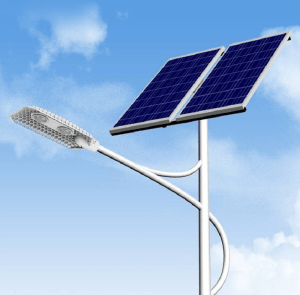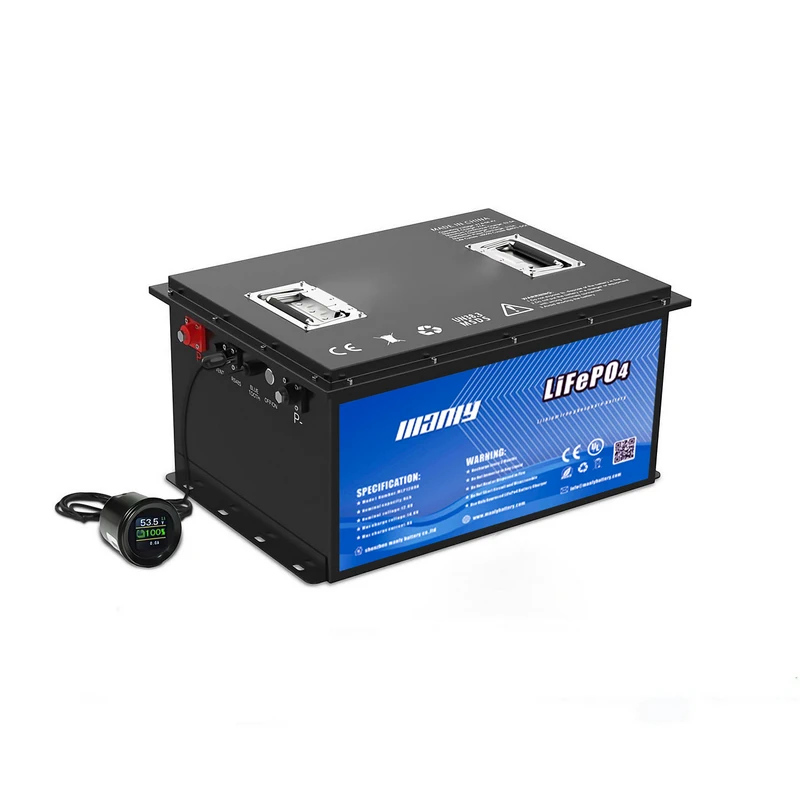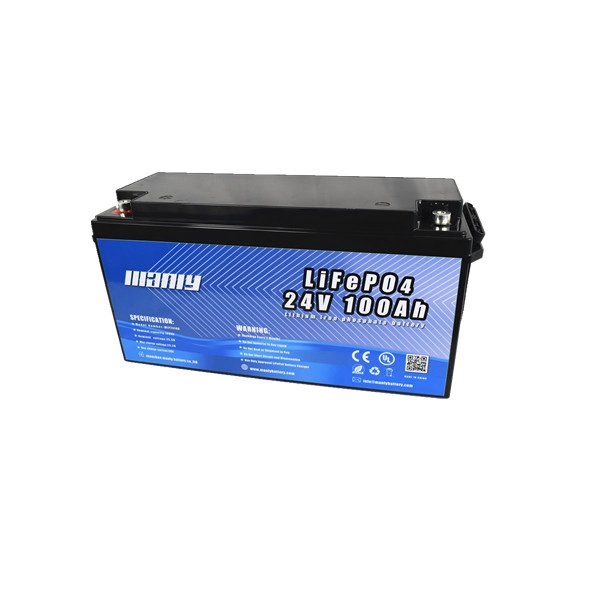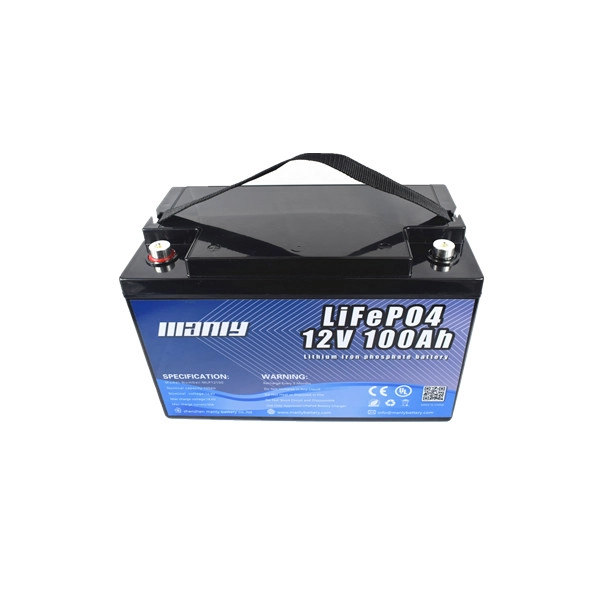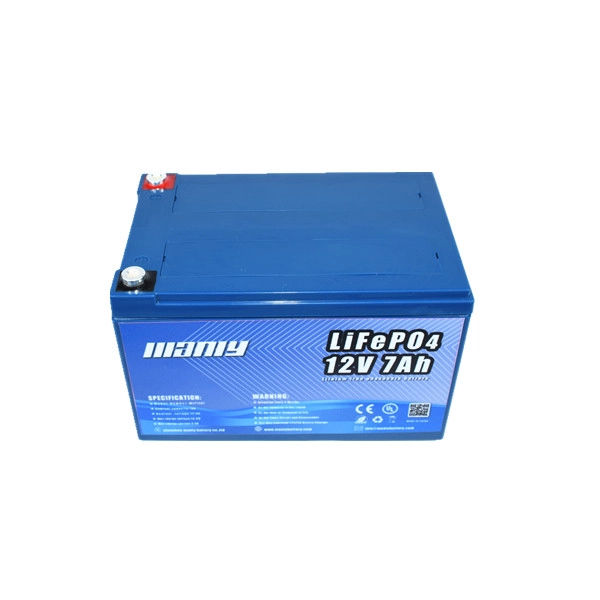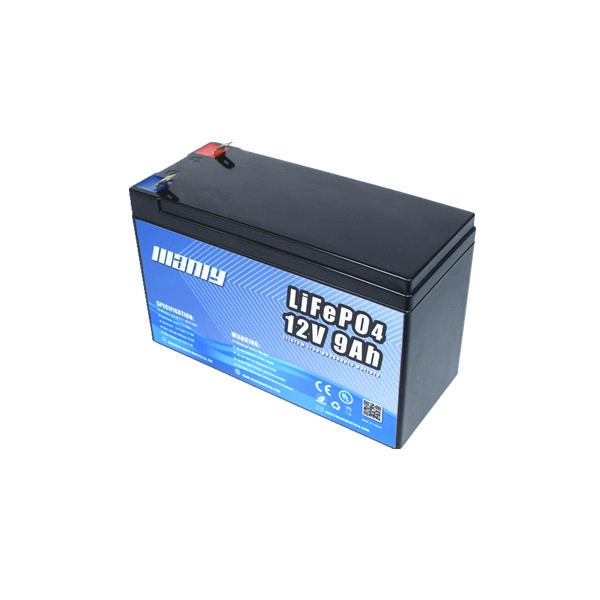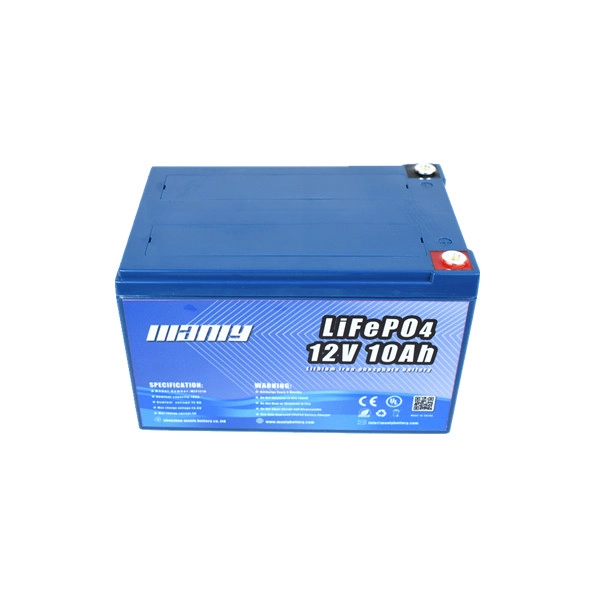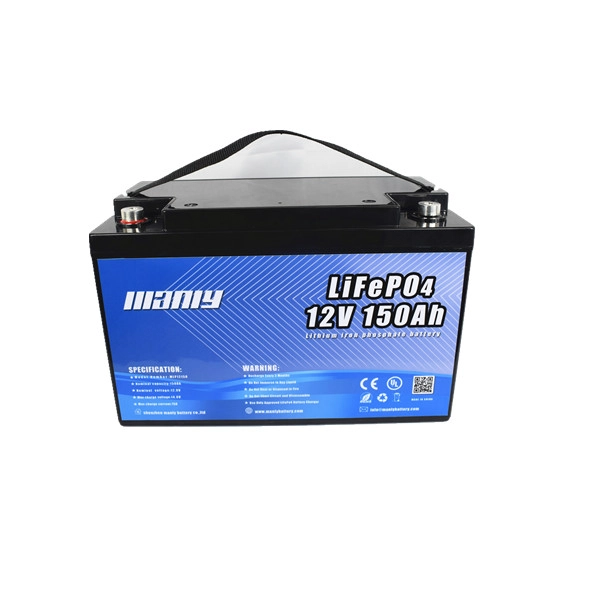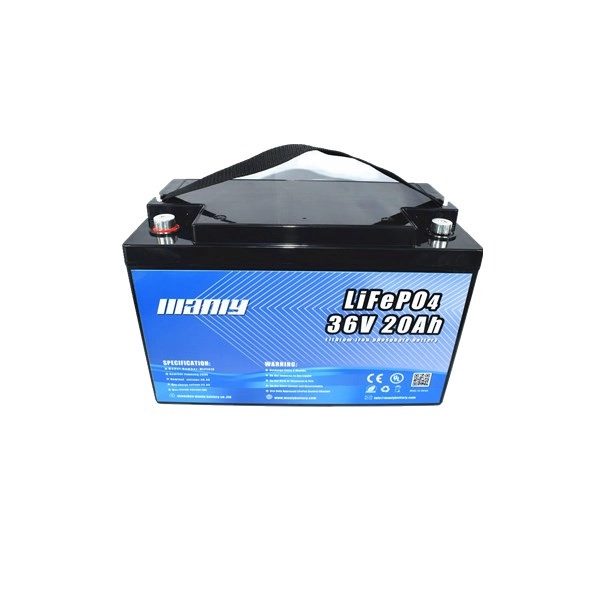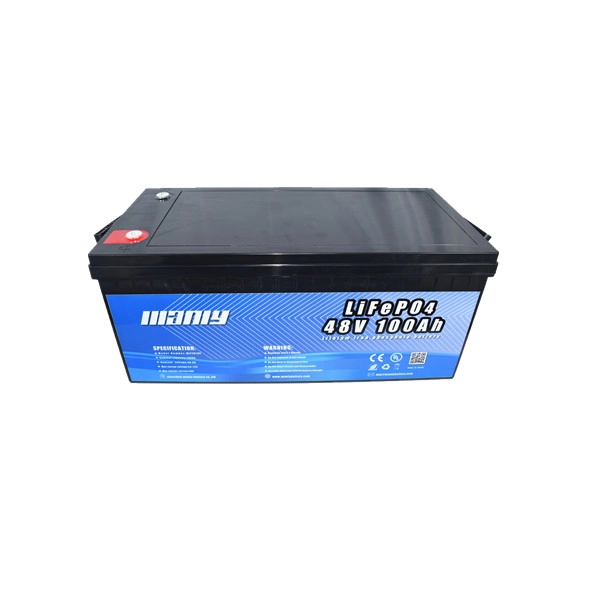More ProductsVolkswagen Plans $4.8bn NA battery Plant By 2030

Volkswagen Plans $4.8bn NA battery Plant By 2030
Table of Contents
Volkswagen Canada Battery Plant Is PowerCo's Largest So Far
Recently, according to foreign media reports, Volkswagen has revealed more details about its battery manufacturing plant in Saint Thomas, Canada, which will be the largest battery factory for PowerCo to date.As Volkswagen's first battery factory outside of Europe, the facility will cover approximately 370 acres (about 1.50 square kilometers) and have an annual capacity of 90 GWh, meeting the demand for around one million electric vehicles. This underscores the company's ambitious growth strategy in the North American region.The investment in the plant is expected to reach 4.8 billion euros (approximately 36.718 billion yuan) by 2030, according to Volkswagen.The factory is expected to create 3,000 direct jobs and tens of thousands of indirect jobs. Construction is scheduled to begin in 2024, with completion targeted for 2027.Similar to the confirmed European battery factories in Salzgitter and Skellefteå, PowerCo will produce unified batteries for Volkswagen Group in Saint Thomas. These batteries will have globally standardized dimensions, while the battery chemistry will vary based on applications and available technologies.

